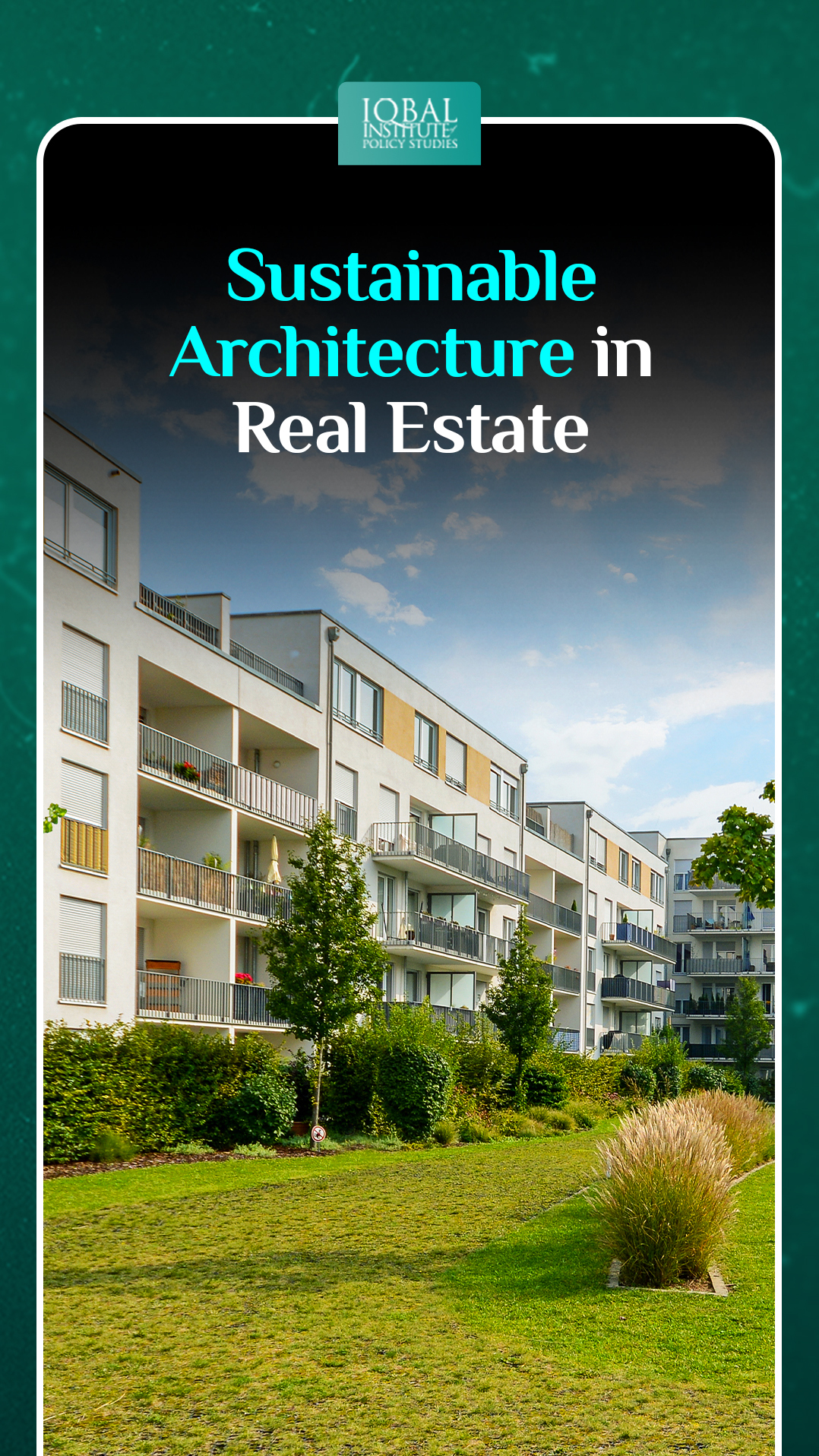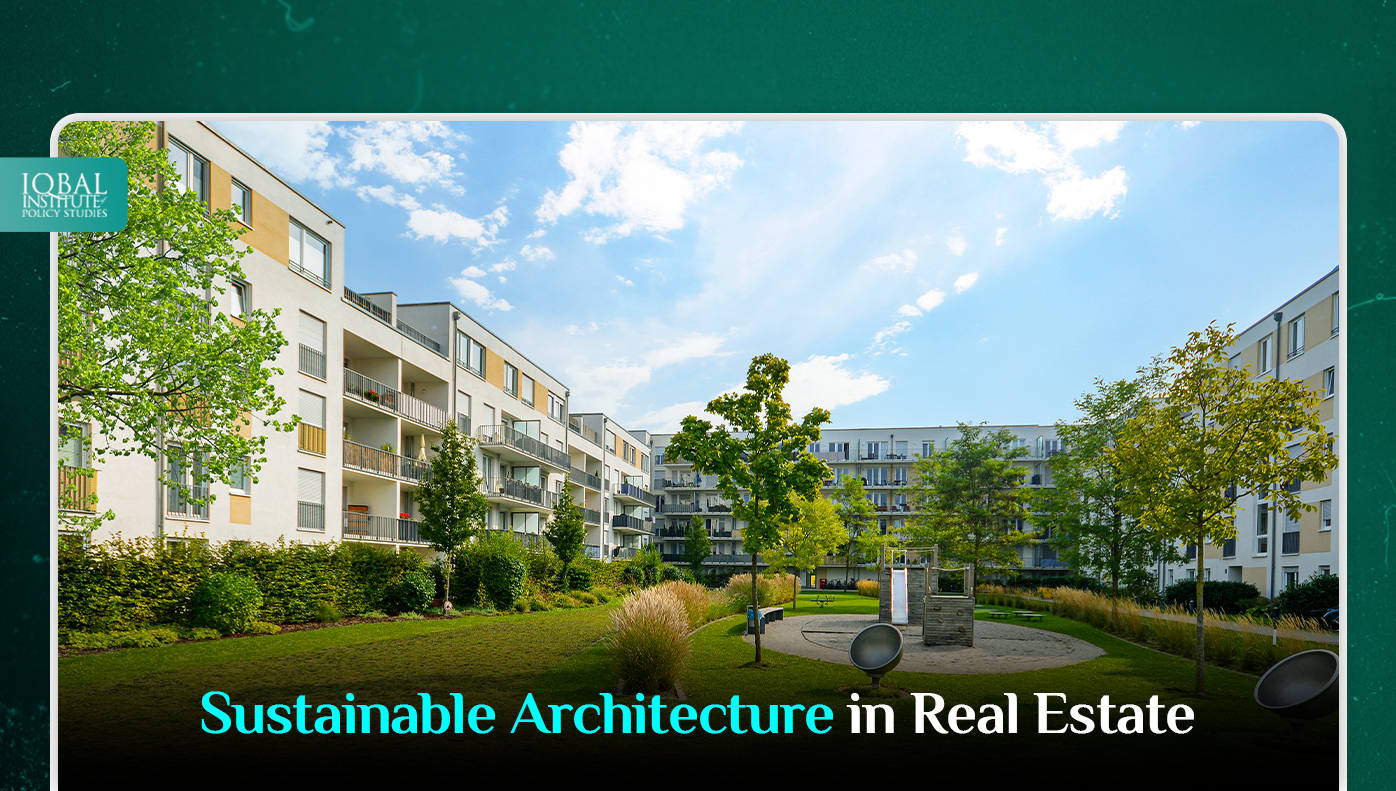Sustainable architecture is a popular concept that focuses on constructing homes and buildings in a way that minimizes their impact on the environment. It draws inspiration from traditional building methods while incorporating modern materials and manufacturing techniques. Key aspects of sustainable construction include careful selection of building materials, efficient planning and execution of heating, cooling, plumbing, waste management, and airflow systems, as well as integrating the built environment harmoniously with the natural landscape. The urgency for sustainable building practices has been amplified in recent times due to the ongoing climate crisis and the reinstatement of environmental regulations which were previously overlooked.
The United States Green Building Council estimates that residential buildings contribute 39 per cent to CO2 emissions (Li et al., 2014). This alarming statistic highlights the need for architects, designers, developers, and clients to demand higher building standards that can help mitigate the environmental impact caused by the construction industry, one of the most polluting sectors globally.
Sustainability has now become an essential aspect of modern architecture, with environmental standards like BREEAM and LEED providing guidelines for eco-friendly construction. Architects strive to meet these standards and seek certifications for their projects. However, it is important to note that many designers and developers merely use buzzwords like “green,” “eco-friendly,” and “sustainable” in their marketing without truly implementing sustainable methods. Despite advancements in technology and knowledge, truly sustainable structures remain the exception rather than the norm. In this regard, there are key characteristics of sustainable architecture which are given below:
Key Characteristics of Sustainable Architecture
Reduces Human Impacts on the Environment
Sustainable architecture plays a pivotal role in the field of construction, acting as a catalyst for positive change by effectively addressing environmental concerns and promoting long-term sustainability and saving the planet from environmental harm. It uses renewable energy, captures rainwater, and recycles water to reduce waste. It also embraces eco-friendly materials like bamboo and hemp, replacing concrete with innovative alternatives. Modular spaces ensure efficient resource utilization. Tiny homes and floating structures provide sustainable housing solutions. Greenery thrives with living walls, green roofs, and tree-covered towers, reconnecting us with nature. Sustainable architecture fights for a greener future, building by building.
Integration of Solar Panels and Natural Heating
Real estate can be made more sustainable by integrating solar panels and using natural heating, cooling, and airflow systems. This approach reduces reliance on traditional energy sources, lowers carbon emissions, and offers cost savings and increased property value for environmentally conscious stakeholders.
Substituting Traditional Materials
In sustainable architecture for real estate, the focus is shifting towards replacing traditional materials with eco-friendly alternatives. Hempcrete, a composite material made from hemp fibres and lime, is gaining popularity for its reduced carbon footprint, excellent insulation, and improved indoor air quality. Additionally, innovative bioplastics derived from algae are being explored as substitutes for conventional plastics, offering biodegradability and reduced reliance on fossil fuels. By incorporating these sustainable material alternatives, sustainable architecture is driving the real estate industry towards a greener future, where buildings coexist harmoniously with the environment while meeting the needs of occupants.
Utilisation of Upcycled Materials
In sustainable architecture within real estate, repurposed and upcycled materials are employed to minimize waste and promote circularity. By utilizing salvaged resources like reclaimed wood and recycled metals, architects reduce environmental impact and foster a more sustainable and resource-efficient industry. This approach aligns with the principles of responsible resource management and creates a new life for materials that would otherwise be discarded.
Adaptable and Modular Spaces with Botanical Materials
In sustainable real estate, the integration of adaptable and modular spaces constructed with botanical materials is revolutionizing the industry. By using materials like bamboo, hemp, and flax, these spaces offer both environmental friendliness and versatility. They can be easily dismantled, repurposed, and recycled, minimizing waste and optimizing resource utilization. The natural textures and colours of botanical materials also enhance the aesthetic appeal, creating harmonious spaces that align with sustainability principles. This innovative approach showcases the real estate industry‘s commitment to a greener future, combining resource efficiency and architectural adaptability in one cohesive solution.
Small-scale Housing Solutions
The trend of small-scale housing solutions like tiny homes and micro flats in sustainable architecture is on the rise. These compact dwellings effectively address limited land availability and the demand for sustainable housing. With their smaller footprint, they require less land, making them ideal for urban environments. By incorporating clever design techniques and sustainable features such as energy-efficient appliances and renewable energy systems, these dwellings minimize resource consumption and reduce environmental impact. Additionally, they provide more affordable housing options, offering an alternative to traditional models. The rise of small-scale sustainable housing solutions showcases the potential for greener and more accessible living in the real estate industry.
Development of Alternative Housing options
As an alternative to traditional housing options, repurposed shipping containers and floating structures are being developed within the real estate industry to address housing shortages in densely populated coastal areas. Repurposing shipping containers minimizes waste and environmental impact while floating structures offer resilient and sustainable housing solutions in the face of rising sea levels.
Incorporation of Nature
Step into a world where homes embrace nature as their closest companion. Living walls burst with vibrant greenery, purifying the air and uplifting spirits. Towering residential buildings adorned with trees offer an urban oasis, cooling the surroundings and creating a tranquil escape. And above, green roofs transform rooftops into breathtaking gardens, conserving energy and inviting wildlife.
Conclusion
Sustainable architecture in real estate focuses on minimizing environmental impact by integrating renewable energy, eco-friendly materials, and efficient systems. This includes solar panels, natural heating, and innovative alternatives to traditional materials like hempcrete. Upcycled materials and adaptable spaces contribute to resource efficiency and waste reduction. Small-scale housing solutions, such as tiny homes and micro flats, address limited land availability while offering affordability and sustainability. Incorporating nature through living walls and green roofs enhances aesthetics and promotes a biophilic living environment. By prioritizing genuine sustainability and certifications, the real estate industry can lead the way towards a greener future.
This article is written by Waqar Ahmad. Waqar is a Research Analyst at the Iqbal Institute of Policy Studies (IIPS).
References
Li, Y., Yang, L., He, B., & Zhao, D. (2014). Green building in China: Needs great promotion. Sustainable Cities and Society, 11, 1-6.
https://www.usgbc.org/articles/benefits-green-building



Leave a Reply